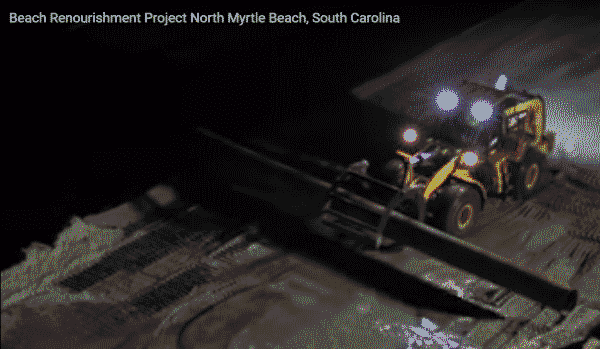peterzwart
Mechanical
Hi everybody,
We are working on the development of a subsea dredging vehicle. For the proposulsion of this machine we will make use of tracks.
For the dimensioning of these tracks we are looking for some reference values with regards to allowable bearing load for fully saturated sand.
This would be more or less the same sand as where bulldozers drive on during beach reclamation (e.g.
Does anyone have any numbers based on experience or does have someone have any reliable literature source?
Your insights are highly appreciated.
Thank you and with kind regards,
Peter
We are working on the development of a subsea dredging vehicle. For the proposulsion of this machine we will make use of tracks.
For the dimensioning of these tracks we are looking for some reference values with regards to allowable bearing load for fully saturated sand.
This would be more or less the same sand as where bulldozers drive on during beach reclamation (e.g.
Does anyone have any numbers based on experience or does have someone have any reliable literature source?
Your insights are highly appreciated.
Thank you and with kind regards,
Peter


![[idea] [idea] [idea]](/data/assets/smilies/idea.gif)